More than 1,000 are dead, Mumbai is flooded after unusually heavy monsoons in India, Nepal, Bangladesh

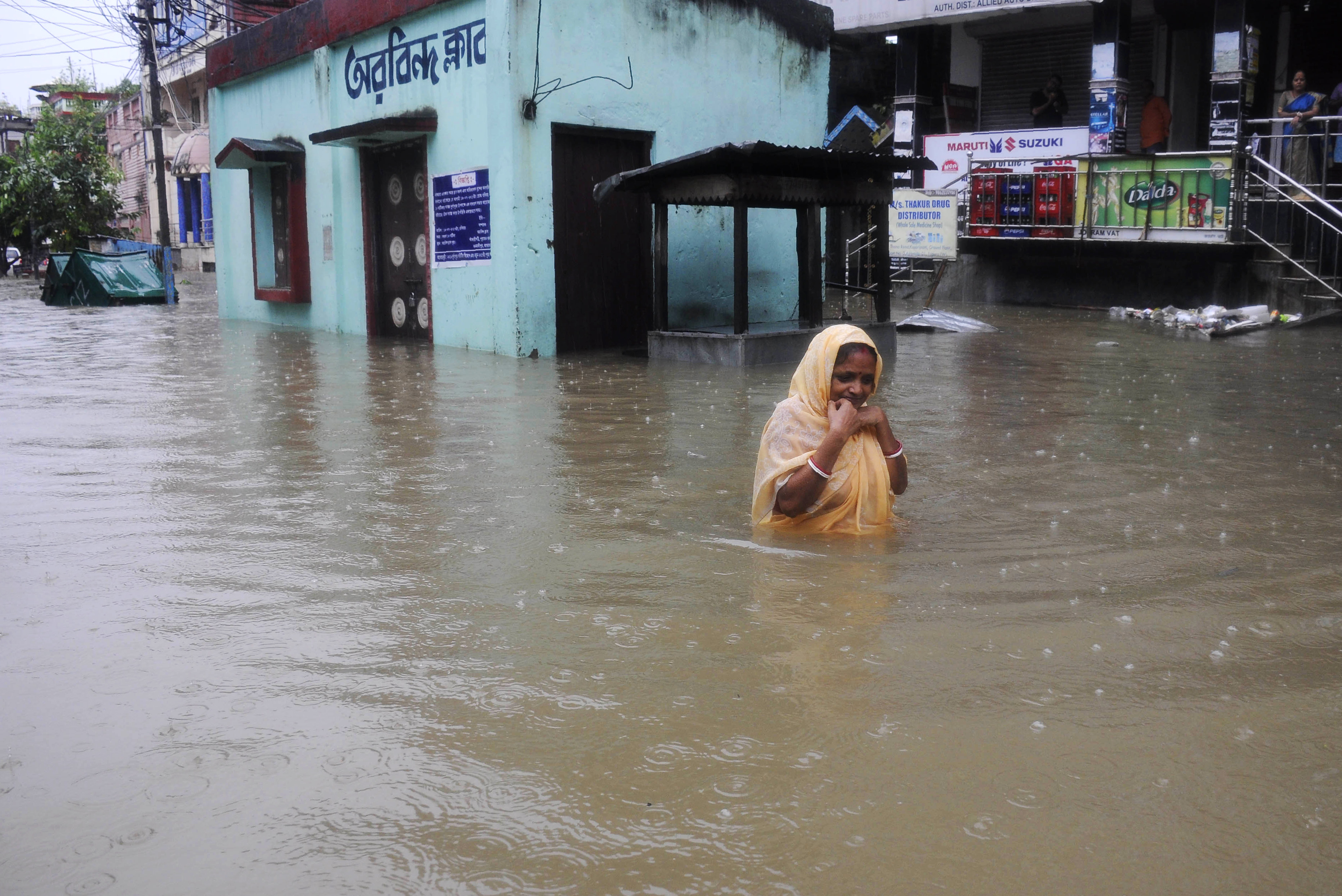
The annual monsoons in South Asia have been particularly heavy this summer, and at least 41 million people have been directly affected by landslides and flooding in India, Bangladesh, and Nepal. More than 1,000 people have died from the rainstorms over the past few weeks, including at least 140 in Bangladesh, at least 143 in Nepal, and 850 or more in six states in India, according to Reuters' tally. After weeks of heavy rains in northern and eastern India, the torrential rains shifted to Mumbai over the weekend, causing heavy flooding and disruptions in India's financial capital on Tuesday and Wednesday.
"This is the severest flooding in a number of years," Francis Markus, a spokesman for the International Federation of Red Cross and Red Crescent Societies, told The New York Times from Nepal's capital. Many of those killed or whose homes and farms were destroyed are among the region's poorest. Indian Prime Minister Narendra Modi flew over Bihar state last weekend, pledging millions of dollars in assistance, but "in Nepal and Bangladesh, the government simply doesn't have the resources," American Red Cross official Jono Anzalone tells NPR.
A free daily email with the biggest news stories of the day – and the best features from TheWeek.com
The Week
Escape your echo chamber. Get the facts behind the news, plus analysis from multiple perspectives.

Sign up for The Week's Free Newsletters
From our morning news briefing to a weekly Good News Newsletter, get the best of The Week delivered directly to your inbox.
From our morning news briefing to a weekly Good News Newsletter, get the best of The Week delivered directly to your inbox.
Peter has worked as a news and culture writer and editor at The Week since the site's launch in 2008. He covers politics, world affairs, religion and cultural currents. His journalism career began as a copy editor at a financial newswire and has included editorial positions at The New York Times Magazine, Facts on File, and Oregon State University.
-
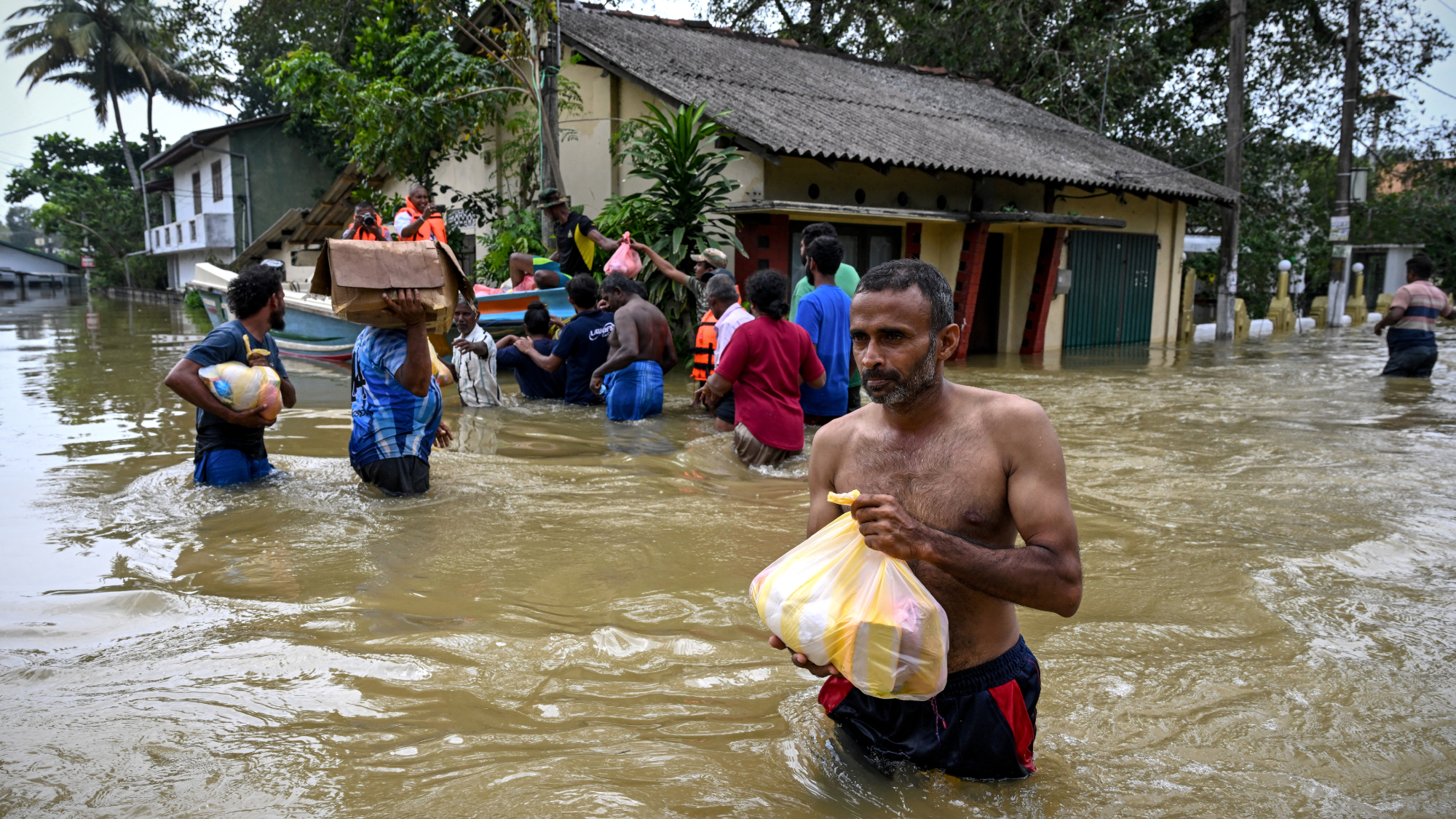 Death toll from Southeast Asia storms tops 1,000
Death toll from Southeast Asia storms tops 1,000speed read Catastrophic floods and landslides have struck Sri Lanka, Indonesia, Thailand and Malaysia
-
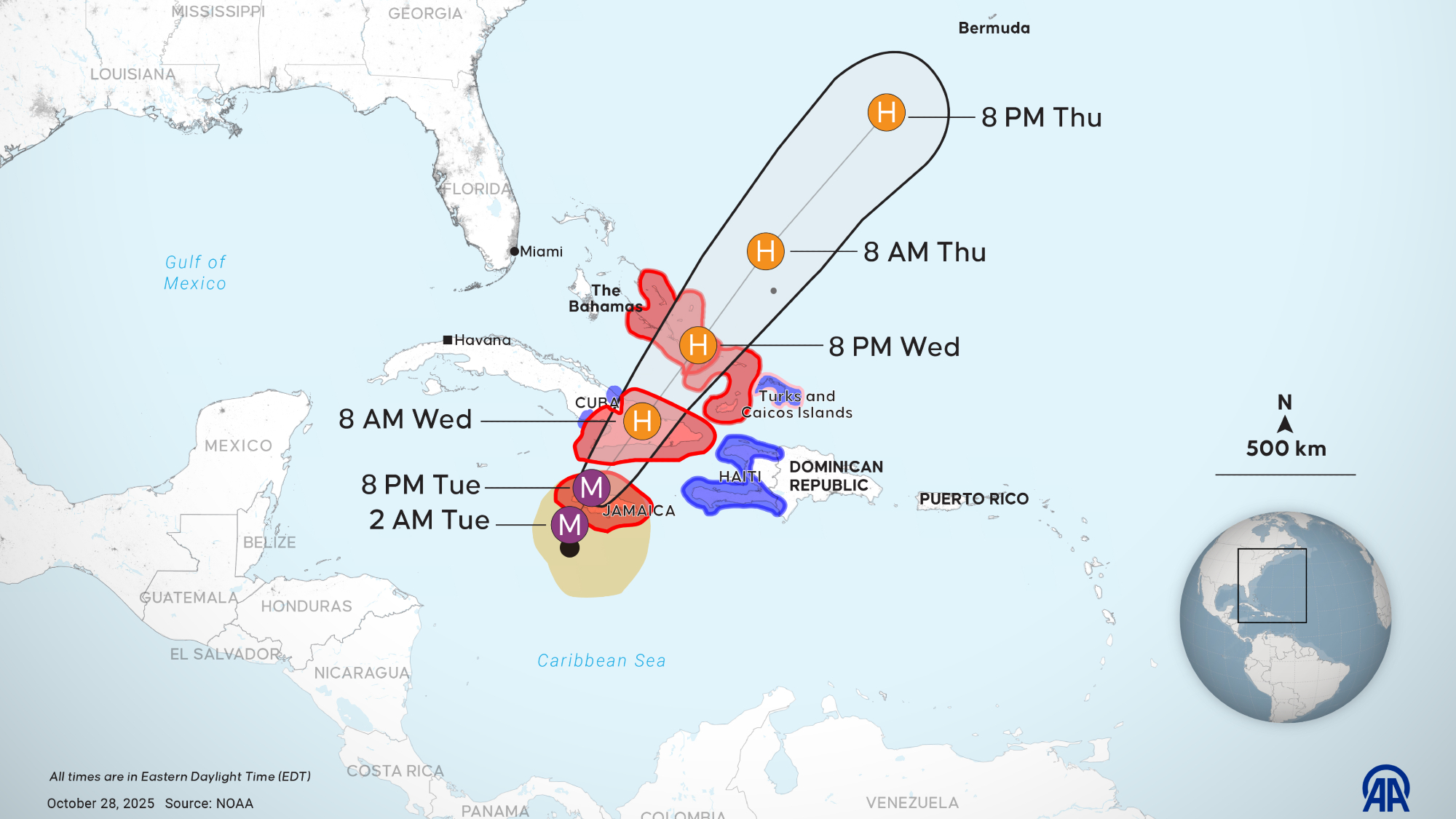 Hurricane Melissa slams Jamaica as Category 5 storm
Hurricane Melissa slams Jamaica as Category 5 stormSpeed Read The year’s most powerful storm is also expected to be the strongest ever recorded in Jamaica
-
 Renewables top coal as Trump seeks reversal
Renewables top coal as Trump seeks reversalSpeed Read For the first time, renewable energy sources generated more power than coal, said a new report
-
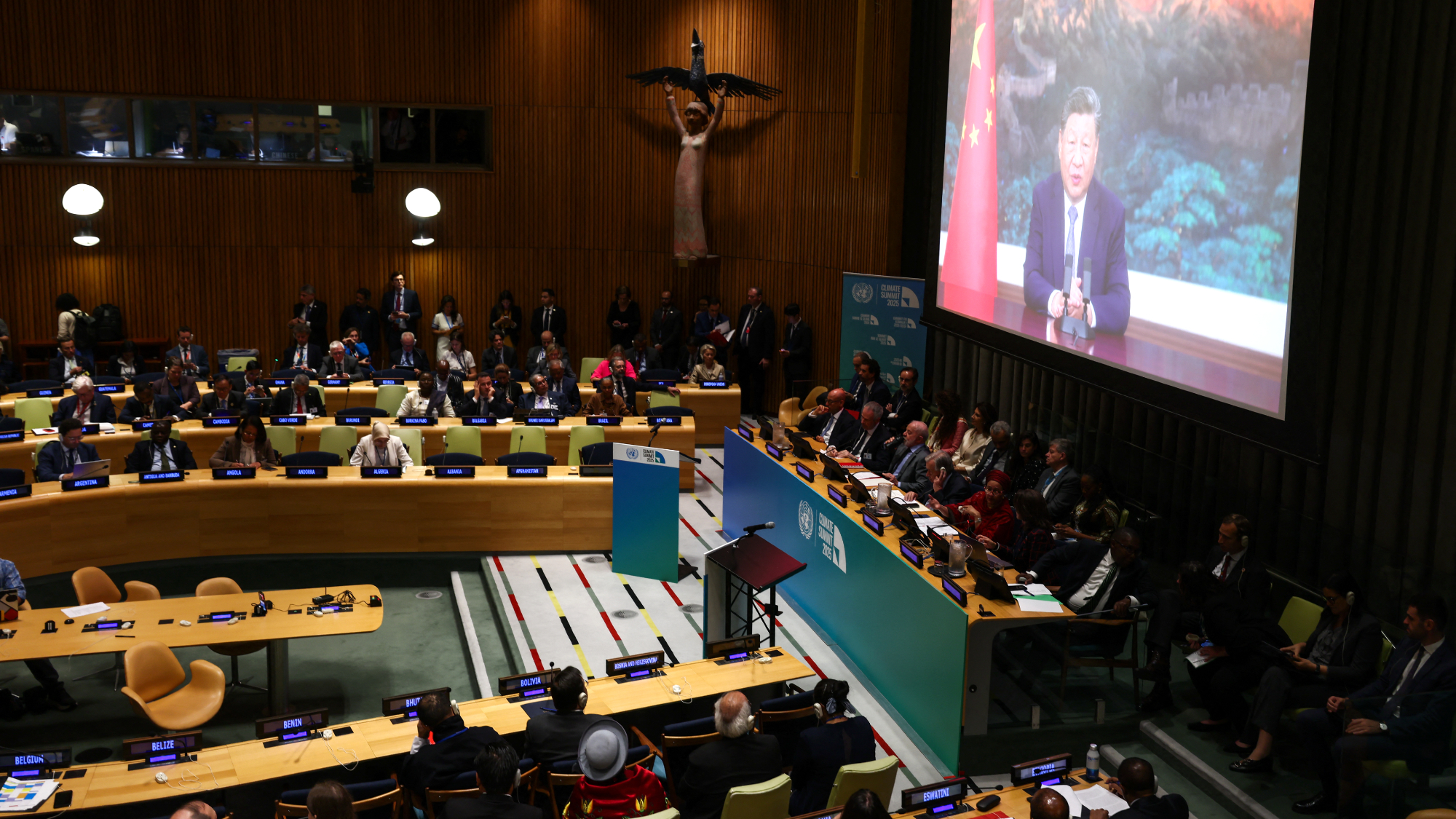 China vows first emissions cut, sidelining US
China vows first emissions cut, sidelining USSpeed Read The US, the world’s No. 2 emitter, did not attend the New York summit
-
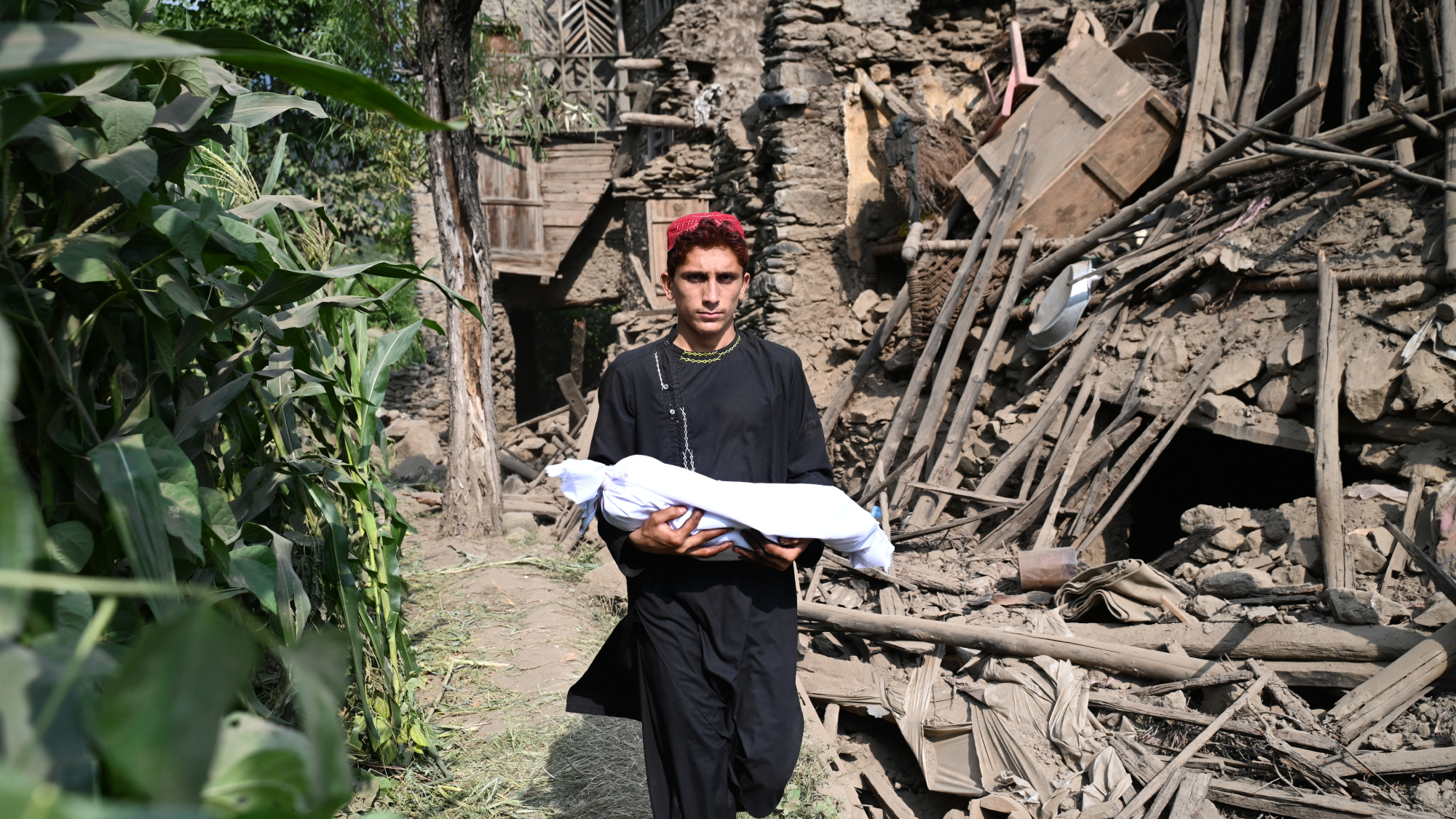 At least 800 dead in Afghanistan earthquake
At least 800 dead in Afghanistan earthquakespeed read A magnitude 6.0 earthquake hit a mountainous region of eastern Afghanistan
-
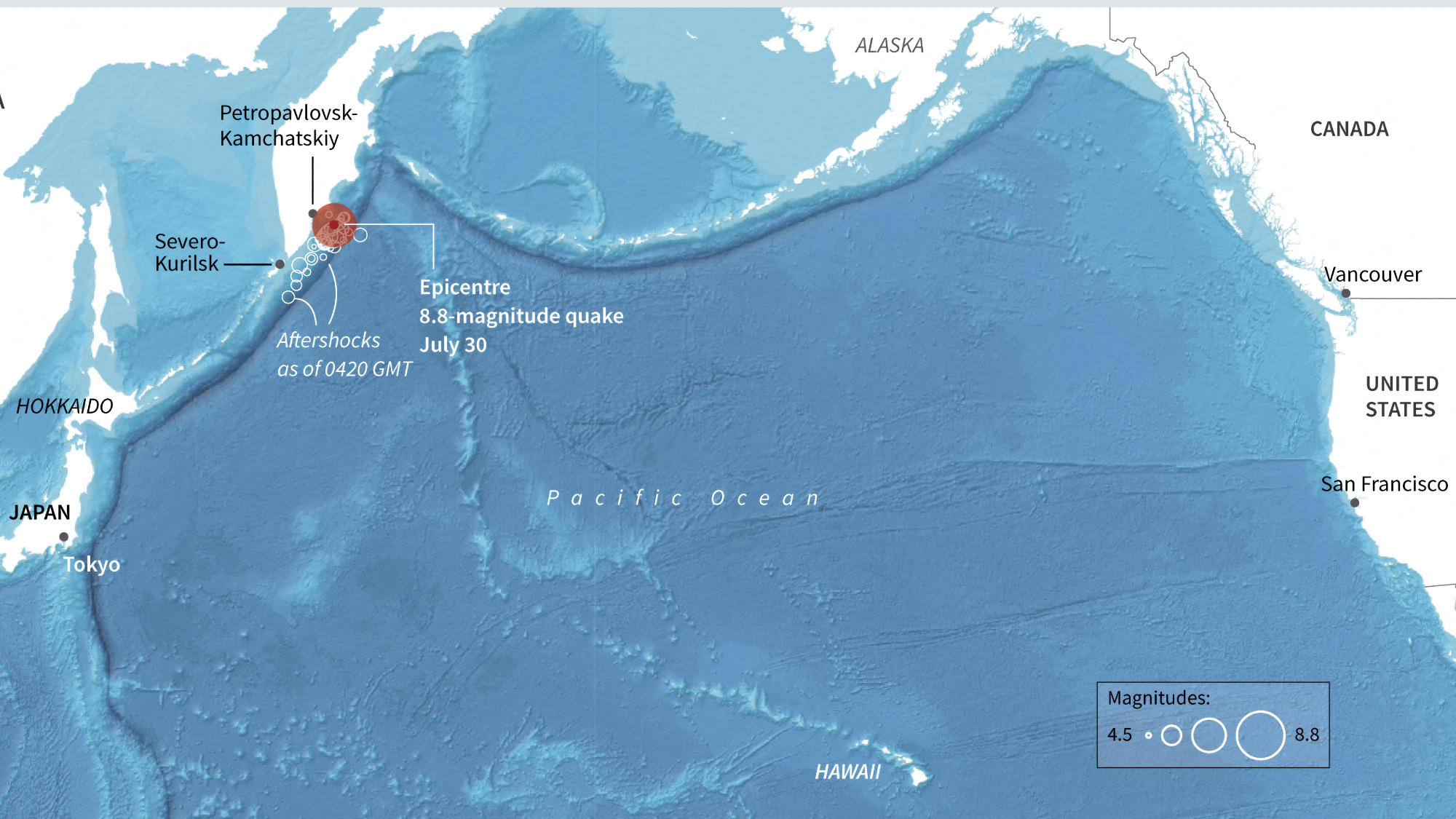 Massive earthquake sends tsunami across Pacific
Massive earthquake sends tsunami across PacificSpeed Read Hundreds of thousands of people in Japan and Hawaii were told to evacuate to higher ground
-
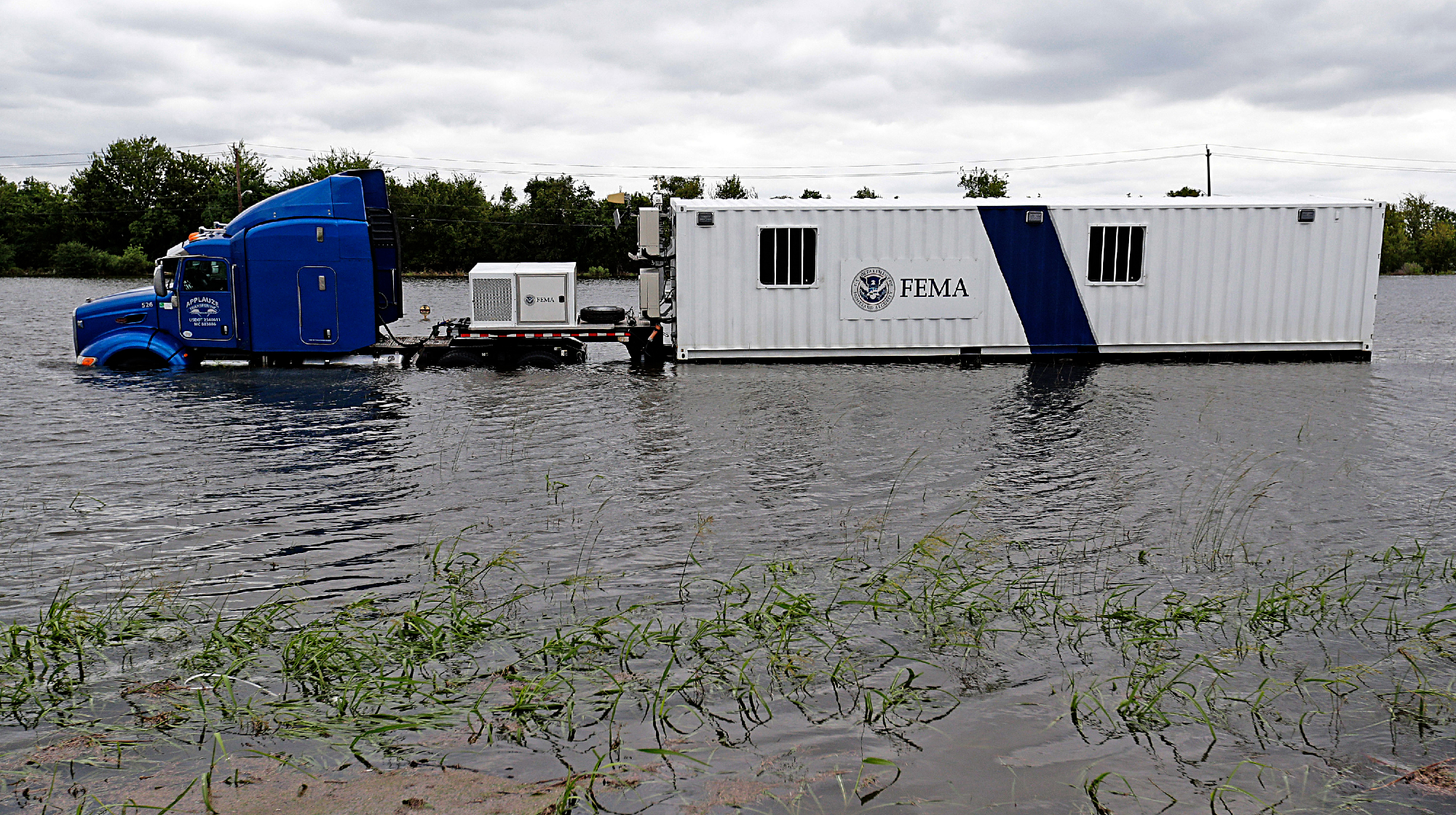 FEMA Urban Search and Rescue chief resigns
FEMA Urban Search and Rescue chief resignsSpeed Read Ken Pagurek has left the organization, citing 'chaos'
-
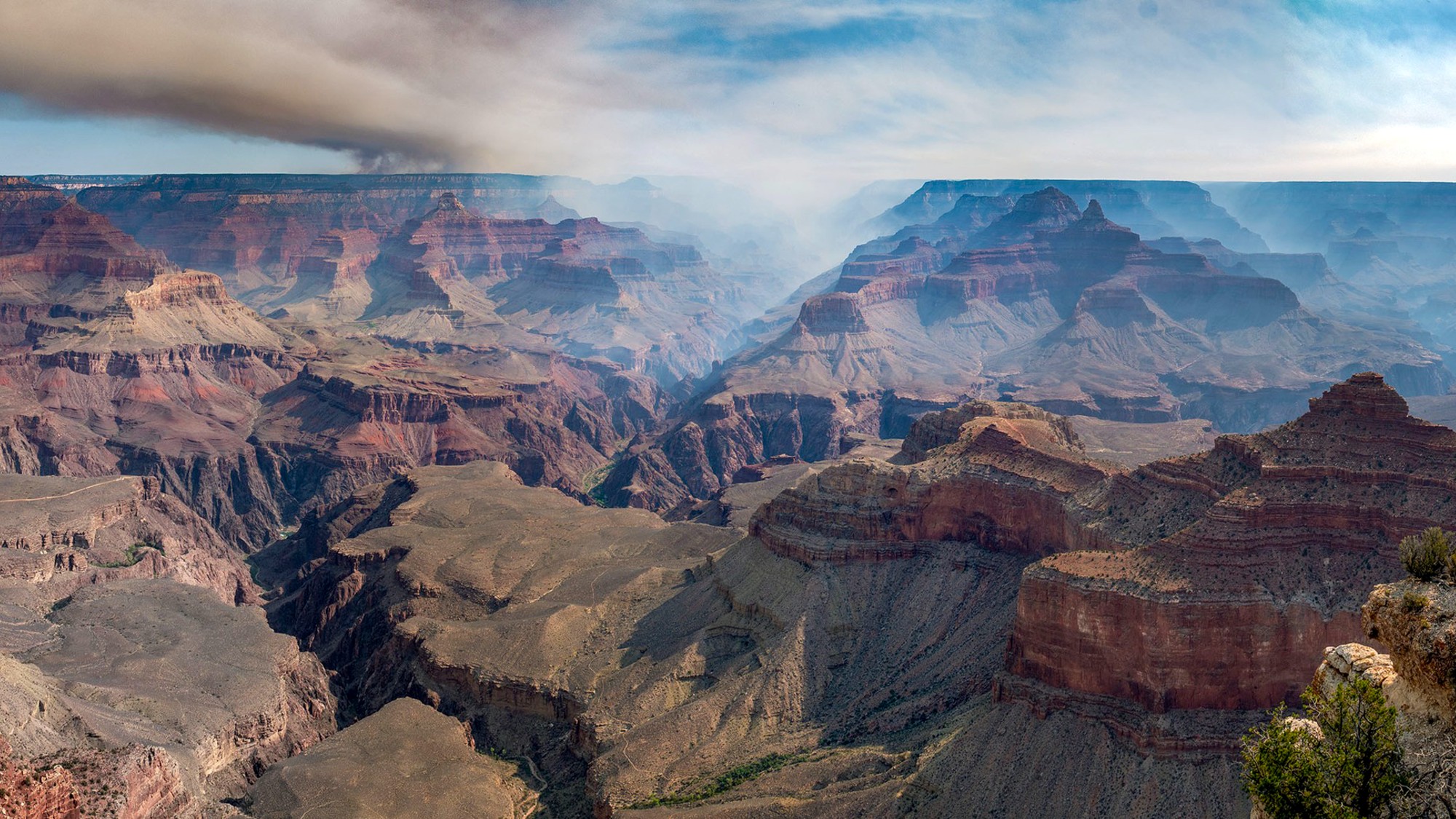 Wildfires destroy historic Grand Canyon lodge
Wildfires destroy historic Grand Canyon lodgeSpeed Read Dozens of structures on the North Rim have succumbed to the Dragon Bravo Fire


